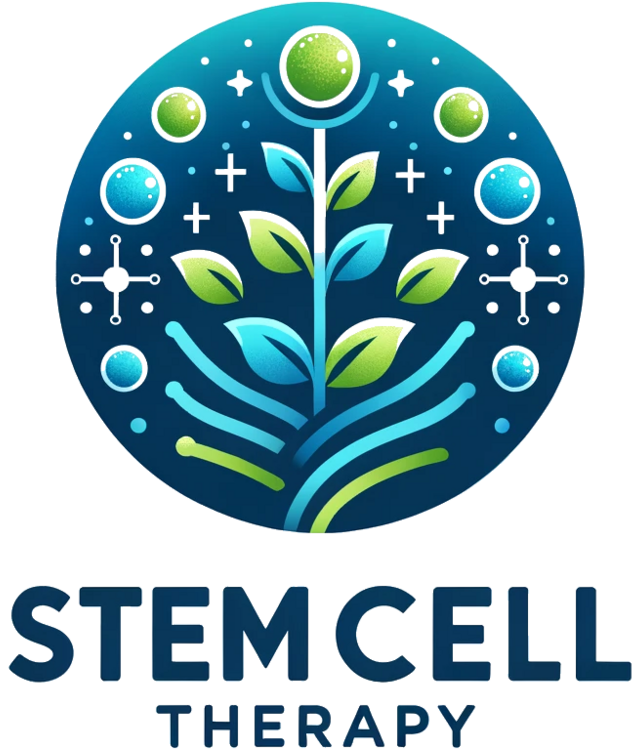Some common Illness and Diseases
Creating a comprehensive list of incurable diseases is challenging due to the vast number of conditions that currently lack a definitive cure. However, I can provide a list of some well-known diseases and conditions considered incurable at this point, noting that treatment options may exist to manage symptoms and improve quality of life. This list is not exhaustive but covers a range of diseases across different categories:
Neurological Diseases
Alzheimer’s Disease: A progressive neurological disorder that results in memory loss, cognitive decline, and behavioral changes.
Parkinson’s Disease: A neurodegenerative disorder affecting movement, causing tremors, stiffness, and slowing of motion.
Huntington’s Disease: A genetic disorder leading to the breakdown of nerve cells in the brain, affecting physical and mental abilities.
Multiple Sclerosis (MS): An autoimmune disease where the immune system attacks the protective covering of nerves, affecting the brain and spinal cord.
Amyotrophic Lateral Sclerosis (ALS): Also known as Lou Gehrig’s disease, ALS affects nerve cells in the brain and spinal cord, leading to loss of muscle control.
Genetic Disorders
Cystic Fibrosis: A genetic disorder that affects the lungs and other organs, characterized by thick, sticky mucus that can clog airways.
Duchenne Muscular Dystrophy: A genetic disorder characterized by progressive muscle degeneration and weakness.
Sickle Cell Disease: A group of inherited red blood cell disorders, leading to anemia, pain, infections, and other complications.
Infectious Diseases
HIV/AIDS: While antiretroviral therapy can manage the condition, there is no cure for the human immunodeficiency virus (HIV) that causes AIDS.
Chronic Hepatitis B and C: Viral infections that can lead to long-term liver disease, including cirrhosis and liver cancer.
Chronic Diseases
Diabetes (Type 1 and Type 2): A chronic condition that affects how the body processes blood sugar.
Rheumatoid Arthritis: An autoimmune disease that primarily affects joints, leading to inflammation, pain, and eventual joint damage.
Lupus: A systemic autoimmune disease that occurs when the body’s immune system attacks its own tissues and organs.
Cancers
Many forms of cancer currently have no cure, especially in later stages. Treatment focuses on managing symptoms and prolonging life.
Others
Chronic Obstructive Pulmonary Disease (COPD): A group of lung diseases that block airflow and make it difficult to breathe.
Fibromyalgia: A condition characterized by widespread musculoskeletal pain, fatigue, sleep, memory, and mood issues.
It’s important to note that for many of these diseases, research is ongoing, and treatments are continuously being developed and improved. Stem cell therapy and other advanced treatments offer hope for the future in managing, if not curing, some of these conditions. Always consult healthcare professionals for the most current information and treatment options.
Treatment with Stem cell
Stem cell therapy harnesses the regenerative power of stem cells to treat and potentially cure a variety of common diseases. Here’s a brief overview of how stem cells are being used for some prevalent conditions:
1. Blood Disorders
- Leukemia, Lymphoma, and Myeloma: Stem cell transplants, particularly hematopoietic stem cell transplants, are standard treatments. They replace the damaged bone marrow with healthy stem cells, allowing the body to produce healthy blood cells.
- Sickle Cell Disease and Thalassemia: Research is focused on using gene editing techniques on stem cells to correct the genetic defects causing these blood disorders, offering a potential cure.
2. Autoimmune Diseases
- Multiple Sclerosis (MS): Stem cell transplants aim to reset the immune system, which may reduce the aggressive immune response against the body’s own tissues, potentially leading to remission.
- Rheumatoid Arthritis (RA): Early research into stem cell therapy seeks to use the anti-inflammatory and immunomodulatory properties of mesenchymal stem cells to repair damaged tissues and modulate the immune system.
3. Neurodegenerative Diseases
- Parkinson’s Disease and Alzheimer’s Disease: Research is exploring the potential of stem cells to replace lost or damaged neurons, with some studies focusing on the ability of stem cells to provide neuroprotective factors and support the regeneration of brain cells.
4. Heart Disease
- Cardiomyopathy and Heart Failure: Trials are investigating the ability of stem cells to regenerate damaged heart tissue, improve heart function, and promote the formation of new blood vessels.
5. Diabetes
- Type 1 Diabetes: Efforts are underway to use stem cells to create insulin-producing beta cells that can be transplanted into patients, potentially restoring insulin production and regulation of blood sugar levels.
6. Orthopedic Conditions
- Osteoarthritis and Bone Fractures: Mesenchymal stem cells are being studied for their ability to differentiate into bone and cartilage cells, potentially repairing damaged tissues, reducing inflammation, and improving joint function.
7. Skin Conditions and Wounds
- Burns and Wound Healing: Stem cell therapy is used to promote the regeneration of skin cells, enhance healing, and reduce scar formation. This is particularly relevant for severe burns and non-healing wounds.
Challenges and Considerations
While the potential of stem cell therapy is immense, it’s important to note that many applications outside of blood disorders are still under clinical investigation. The safety, efficacy, and long-term outcomes of these treatments remain subjects of ongoing research. Additionally, ethical, regulatory, and technical challenges need to be addressed as this field advances.
Patients interested in stem cell therapies should consult healthcare professionals to understand the current state of research, treatment availability, and whether such an approach is appropriate for their specific condition.
